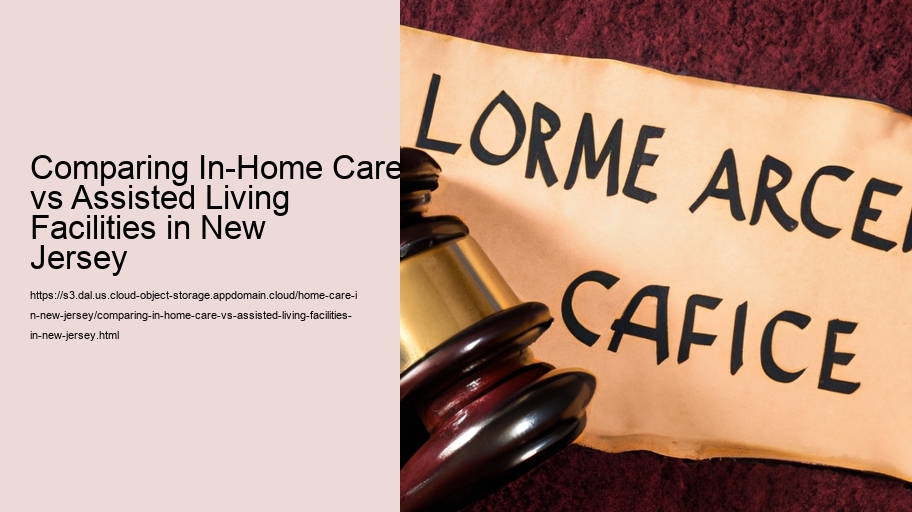When considering care for aging loved ones in New Jersey, families often grapple with the decision between in-home care and assisted living facilities. How to Find Specialized Dementia and Alzheimer's Home Care in New Jersey . Both options have their unique advantages and challenges, and the right choice depends largely on the specific needs and preferences of the elderly individual and their family. This essay aims to explore the key differences and considerations when comparing in-home care to assisted living facilities in New Jersey.
In-home care is often preferred by those who wish to maintain a sense of familiarity and independence. This type of care allows seniors to remain in the comfort of their own homes while receiving personalized assistance with daily activities such as bathing, dressing, cooking, and medication management. One of the primary benefits of in-home care is the ability for seniors to stay in a familiar environment, surrounded by personal belongings and memories, which can be particularly comforting for those with cognitive impairments like dementia. Additionally, in-home care provides flexibility in terms of the level of care provided, allowing services to be tailored to the individual's changing needs.
However, in-home care can also present challenges. It often requires substantial coordination and oversight from family members, who may need to manage schedules and logistics with multiple caregivers. Moreover, this type of care can become costly, especially if 24-hour supervision is necessary. In New Jersey, the cost of in-home care is influenced by factors such as the level of care required, the caregiver's qualifications, and the geographic location within the state.
On the other hand, assisted living facilities offer a structured environment that provides a balance of independence and support. These facilities typically provide accommodations, meals, social activities, and varying levels of medical care, all within a community setting. Assisted living facilities can be an excellent option for seniors who require assistance with day-to-day activities but do not need the intensive medical care provided by nursing homes. One of the significant advantages of assisted living is the opportunity for social interaction with peers, which can enhance the quality of life and reduce feelings of isolation.
In New Jersey, assisted living facilities are regulated by the New Jersey Department of Health, ensuring a standard of care and safety for residents. However, the cost of living in these facilities can be substantial, with prices varying based on location, amenities, and the level of care provided. Families must carefully evaluate their financial situation, as well as any potential assistance programs, such as Medicaid or long-term care insurance, which might help offset costs.
Ultimately, the decision between in-home care and assisted living facilities involves weighing the pros and cons of each option against the needs and desires of the senior and their family. It is essential to consider factors such as the individual's health status, level of independence, social preferences, and financial resources. Engaging in open discussions with healthcare professionals, financial advisors, and family members can provide valuable insights and guidance in making this important decision.
In conclusion, both in-home care and assisted living facilities have their respective benefits and challenges. In-home care offers a personalized approach within a familiar setting, while assisted living facilities provide a community environment with structured support. The choice between these options in New Jersey should be made with careful consideration of the individual's unique circumstances and a thorough evaluation of the available resources. By doing so, families can ensure that their loved ones receive the care and support they need to lead fulfilling and comfortable lives.

